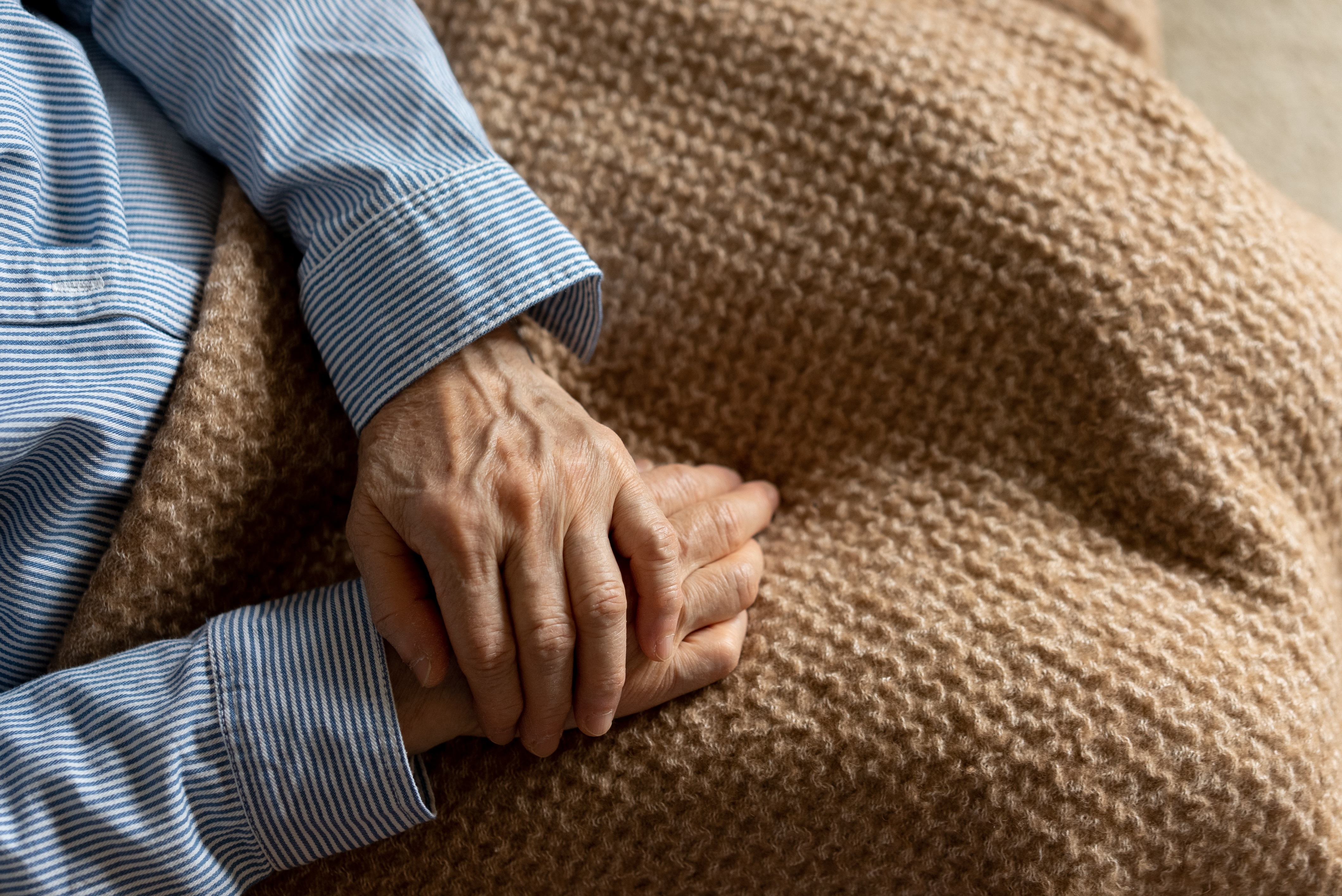The Truth About Palliative and Hospice Care

December 10, 2021
When people hear about palliative care, they often associate it with hospice and end-of-life care. While it’s true that hospice is a form of palliative care, not all palliative care happens at the end-of-life stage. Palliative care focuses on improving quality of life for patients, regardless of where they find themselves on their treatment journey. Here are few common misconceptions regarding palliative care and hospice, and the truth about these myths.
Myth: Hospice and palliative care are the same thing.
Truth: It is true that both palliative care and hospice share the same goal of both symptom control and making patients more comfortable. However, hospice is strictly for individuals with a life expectancy of six month or less and generally involves stopping curative therapy. By contrast, palliative care is for individuals with advanced or chronic illness, regardless of life expectancy, who may also be receiving curative therapies.
Myth: Patients can’t receive other care, such as chemotherapy, while in palliative care.
Truth: While receiving treatment from a palliative care specialist, patients can and do continue to see all of their usual doctors, get all desired treatments and retain insurance coverage.
Myth: If my doctor introduces palliative care or hospice, that means they have given up hope.
Truth: Doctors want the best outcomes possible for patients. If your doctor sends you to a palliative care specialist, it’s because they think that palliative care will have a positive impact on your care and improve your quality of life.
Hospice focuses on maximizing quality of life, so patients can live life as fully as possible for as long as possible. Hospice also provides 12 months of bereavement service to patients’ families after a patient passes away. This is a big support that is much needed when someone loses their loved one.
Myth: Hospice means stopping all medicine.
Truth: Under hospice care, most medications are continued as recommended by the patient’s doctor. The goal of hospice is to make the patient comfortable, so they are free of pain and discomfort as they approach the end of their lives.
Myth: If I choose hospice, I cannot change my mind.
Truth: Patients or families can opt out of hospice and can always choose to re-enter hospice care again later.
Myth: Hospice patients stop being fed, which makes them dehydrated and can starve them to death.
Truth: Hospice patients are not withheld food. Not eating and drinking is a part of the dying process. At the end of life, the body is often unable to absorb food properly, and forced feeding can cause increased swelling and secretions, which add to the patient’s discomfort.
Myth: Since hospice care is only available for six months, patients should delay as long as possible.
Truth: Patients who need hospice services shouldn’t delay its start. Hospice patients can stay on hospice care as long as medically necessary.
Next Steps & Resources:
- Learn more about palliative and hospice care
The material provided through HealthU is intended to be used as general information only and should not replace the advice of your physician. Always consult your physician for individual care.
Find a doctor near me
When Should Someone Be Offered Palliative Care?

Improve your quality of life with palliative care. Learn when it's right for you from Dr. Desai. Get expert advice today.
Manage Living with Chronic Illness

According to the National Health Council, 133 million Americans live with a chronic illness.
